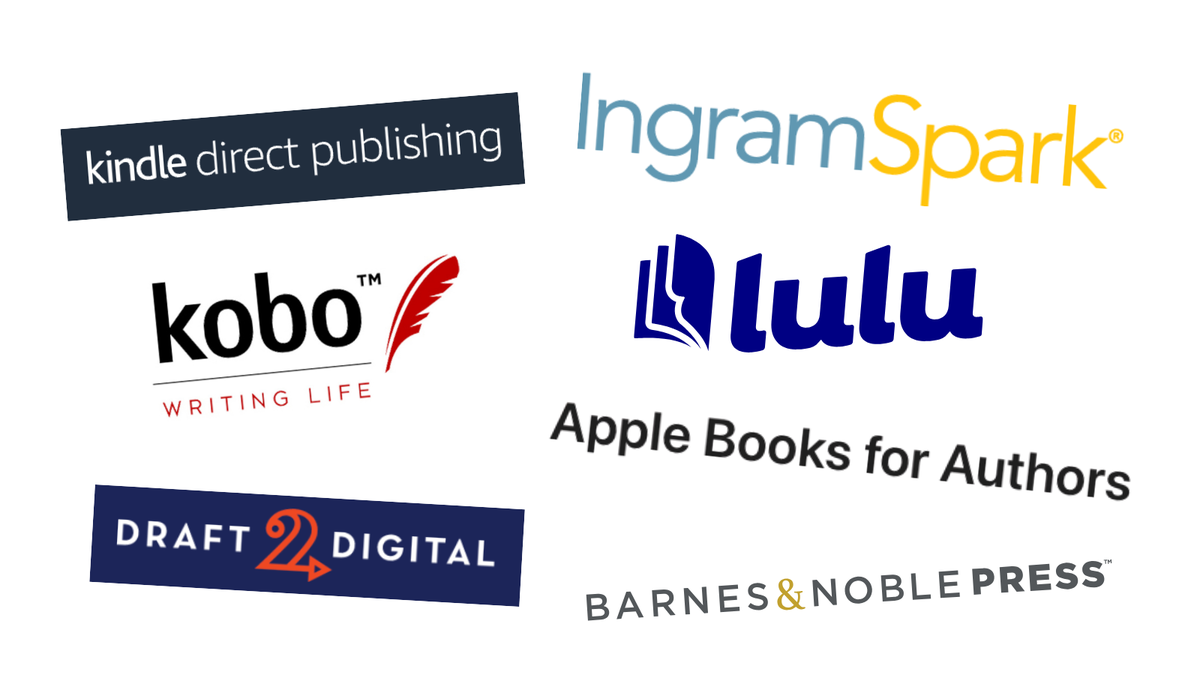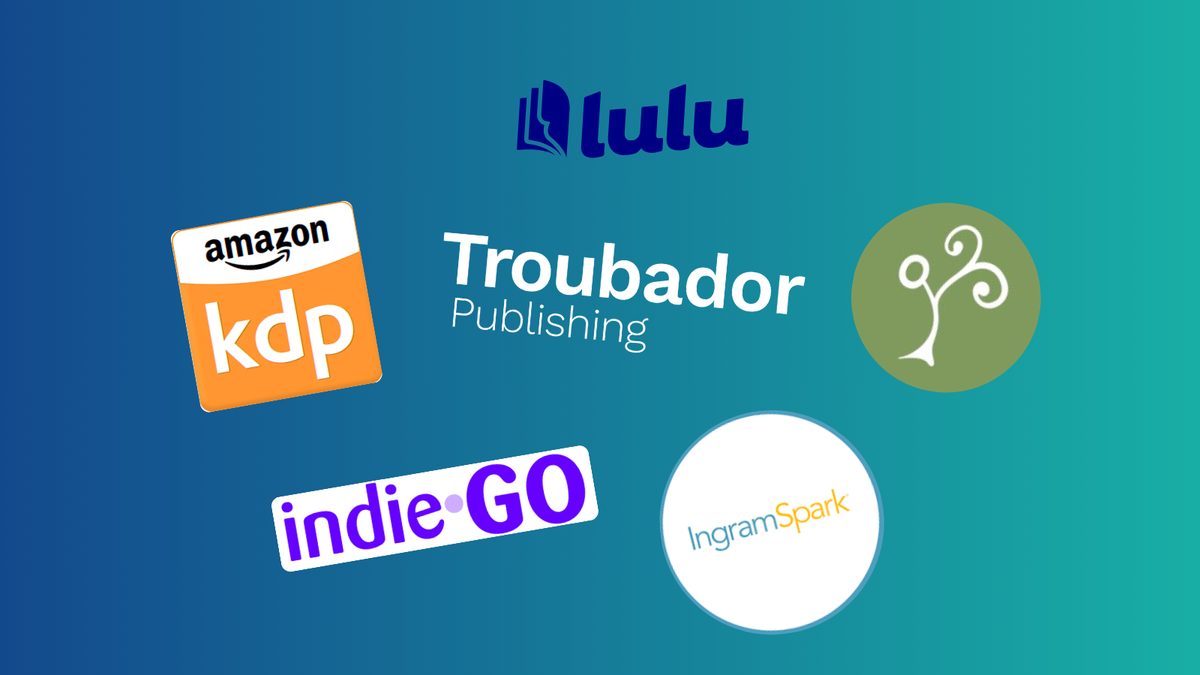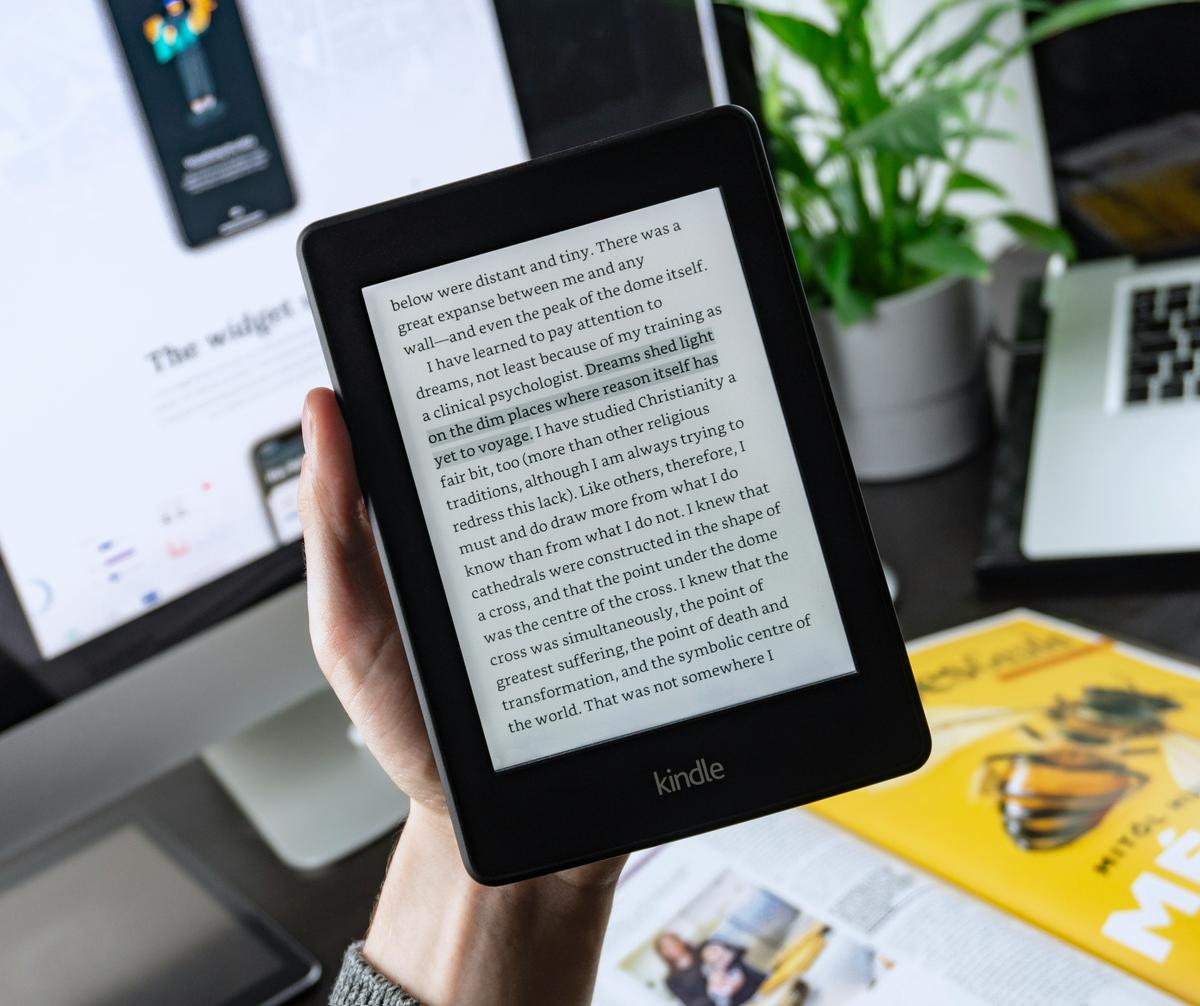
15th August, 2025
8 min read
How Long Does It Take to Publish Your Book? Key Timings Self-Published Authors Should Know
Written by:
Lauren Bailey
The dream of getting your book published is exciting, but many authors start the publishing process without any concept of how long it takes to go from manuscript to finished book. Many dive in with enthusiasm, only to find the process involves far more steps and lead times than they imagined, or prioritise speed at the cost of quality and market coverage.
The reality is that there’s no single publishing timeline. How long it takes to publish your book depends on your goals, the publishing route you choose, and how much time and budget you’re willing (or able) to commit. A quick upload to an online platform can take minutes, while a fully edited, professionally designed and bookshop-ready title may take many months.
In this article, we’ll break down the key timings every first-time self-published author needs to know so you can plan realistically, avoid last-minute stress, and give your book the best possible chance of success.
Your Objectives Define Your Timeline
The single biggest factor that determines how long it takes to publish your book is your publishing objective. Before you start, it’s worth asking yourself: What do I want to achieve with this book? Your answer will shape everything from your production schedule to your marketing plan.
Here are three common objectives and how they impact timing:
- Prioritising speed with little care for quality - If speed is your only priority, you can technically publish within hours or even minutes. A quick upload to Amazon KDP or another print-on-demand platform is possible as soon as you have a finished manuscript. However, rushing often means skipping professional editing, design and marketing, all of which will limit your book’s impact and long-term sales.
- Accessing good quality & bookshop stocking - For authors who want a professional-quality book, complete with editing, cover design, typesetting, and distribution into bookshops, self-publishing can still be much faster than the traditional route. With a relationship with a publisher such as Troubador, who manages the whole process on behalf of an author, the process typically takes 6-9 months. This allows time for trade marketing, advance retailer notification and a polished end product.
- Holding out for traditional publishing - If your dream is to be published by a traditional house, be prepared for the long haul. It can take years to secure an agent, land a deal, and then wait for the publisher’s own schedule to bring your book to market. Even after signing, publication is often 18-24 months away, and an author has little control over what the end product looks like.
Defining your objective from the start ensures your publishing timeline is realistic and aligned with your personal goals for the book.
The Production Process: How Long Each Stage Can Take
Once you’ve decided on your publishing objective, the next step is to understand the production process and how long each stage might take. In self-publishing, these timings can vary widely depending on your choices, but here’s a typical breakdown based on the timelines our own authors can expect to face:
- Editing (1-3 months) - This is where your manuscript is refined for clarity, flow, and accuracy. A full developmental edit can take longer, while a straightforward copy-edit and proofread will be quicker. Quality editing is essential if you want a polished, professional book.
- Design for Cover and Interior (1-2 months) - Creating an eye-catching cover and a well-formatted interior takes time, especially if you want custom design work. This stage also includes finalising fonts, layout, and ensuring your book meets printer specifications.
- Printing (Varies) - With print-on-demand (POD) printing, your book can be available almost instantly once files are approved, but it will be of a lower quality and a higher unit cost than a short print run. A short print run, in contrast, gives a significantly improved end product and lower unit cost, but does come with a 2-4 week delay while they are printed.
- Ebook Publishing (1 month) - For authors looking to publish their books as ebooks, this adds additional time to the process. Once we have the design stage above completed, the ebook can be rapidly created from those files within 1 month.
- Marketing (Varies) - The amount of time taken heavily depends on the marketing tactics that an author opts for. For example, while a publicity campaign will be completed towards the end of the production process to maximise pre- and post-publication exposure, trade marketing (see next section) requires significantly longer timelines.
At Troubador, all the above stages will happen simultaneously where possible, resulting in the average full-service self-publishing process taking around 6-9 months from manuscript handover to finished book with author feedback built into the process at every stage. This allows for each stage to be completed properly, with time for marketing and retailer notification built in where relevant.
While you can speed things up by skipping steps or rushing production, it often comes at a cost - be that quality, coverage or discoverability.
Book Trade Timings
One of the most important (and often least understood) factors for authors aiming to see their books in physical bookshops is the lead time required by the book trade. Retailers and wholesalers don’t just decide to stock a book overnight. They need time to receive information about your title, review it, and decide whether to place an order.
For physical bookshop presence, this lead time is critical. Major retailers like Waterstones (who we supply directly) typically need at least six months’ notice before publication. That’s because they work to seasonal buying schedules, which means your book needs to be catalogued in trade databases well in advance and marketed to buyers through metadata dissemination.
If you’re aiming for book trade sales, an “upload today, sell tomorrow” approach simply won’t work. The trade operates on fixed schedules that will, by necessity, dictate much of your publishing timeline. Building this lead time into your plan ensures you don’t miss out on the chance for wider retail visibility.
Does Time of Year Matter?
Many first-time authors tie themselves in knots trying to pick the “perfect” publication month. However, the time of year is far less important than you might think.
Unless your book is heavily seasonal (for example, a Christmas-themed novel or a summer holiday travel guide), there’s little reason to delay just to align with a particular month. The myths around “summer books” or “autumn releases” largely come from the traditional publishing world, where seasonal catalogues and media coverage cycles have been the way the industry has worked for years.
In self-publishing, your book’s quality, reach, and relevance will have a far greater impact than the date you release it. A strong marketing plan, effective distribution, and a well-prepared launch will do more for sales than waiting for a “golden” month that might never come.
Other Timings to Consider
Beyond production, trade schedules, and marketing, there are several smaller but important timing factors that can affect your self-publishing journey:
- ISBN Registration: For authors who are looking to purchase their own ISBNs, buying an ISBN itself is usually instant, but can take a few days if you’re applying for the first time. However, ensuring compliance with that ISBN is a legal requirement, meaning that most of our authors trust Troubador to purchase one on their behalf.
- Legal Deposit & Metadata Setup: Again, for authors not using the services of a publisher like Troubador, libraries and book databases require legal deposit and accurate metadata. Expect this to take 1-2 weeks, depending on how quickly you submit your information.
- Marketing Materials & Pre-Launch Assets: When creating promotional assets like social media posts, press releases, or advance review copies, factor in 2-6 weeks to prepare and distribute them, or consider enlisting the help of professionals for assistance.
- Unexpected Delays: Life happens. Holidays, illness, printer backlogs, or supplier delays can all push your timeline back. Always build in a buffer to avoid last-minute stress.
By planning for these additional timings, you can create a more realistic schedule and avoid unnecessary pressure as your publication date approaches.
When to Time Your Book Launch
For authors planning a launch event for a book being printed in a short print run, we recommend waiting until you have stock before planning the event. Suppose you plan a launch event for the day of publication. In that case, you are leaving yourself very little wiggle room to navigate any challenges that may arise along the way, whether that be in production, printing itself or distribution.
It’s important to remember that your publication date is primarily relevant for the book trade. Retailers and wholesalers use it to schedule stock and listings. For readers and launch events, it’s far better to wait until you have books in hand than to risk hosting an event on the day of publication without copies available.
By scheduling your launch slightly later, you ensure a smoother, more professional event and give your book the best possible start.
How to Decide Your Timeline
The best way to plan your self-publishing journey is to start with your objective and work backwards from your ideal publication date. Knowing what you want to achieve, whether it’s speed, quality, trade availability, or a combination, will shape every step of your timeline.
Next, factor in any non-negotiable deadlines, such as trade lead times or marketing campaigns, if you want bookshop sales or wider visibility. These fixed points will help you structure the rest of the schedule around them.
Finally, always build in extra time for unexpected delays. Holidays, supplier backlogs, or last-minute revisions can all push your schedule back. Planning with a buffer ensures you can publish without unnecessary pressure, making your launch smoother and more successful.
And remember, you have experts at hand who can help you work out what timelines suit your project best. You can book free, no-obligation consultations with our own experts to understand what those timelines might look like for you here.
Bringing Your Timeline Together
There’s no single timeline for publishing a book. The key is to align your publishing goals with a realistic schedule, taking into account production steps, trade lead times, marketing efforts and any potential delays.
For first-time authors, being realistic about timing is crucial. A well-planned book, with time for quality editing, professional design and proper promotion, will almost always perform better than a rushed publication.
To help you plan your self-publishing journey with confidence, check out our Self-Publishing Guide, which includes step-by-step help to ensure you hit all the key milestones and give your book the best chance of success.









